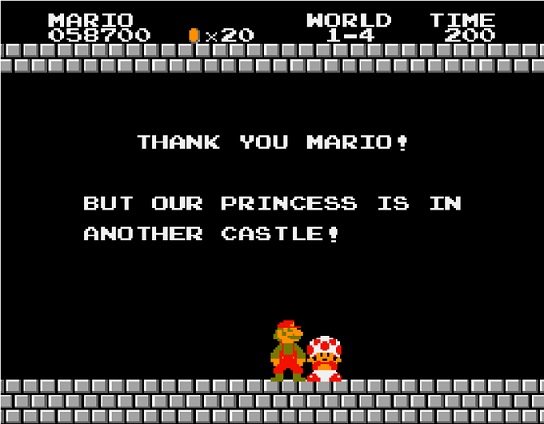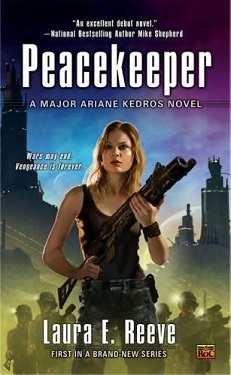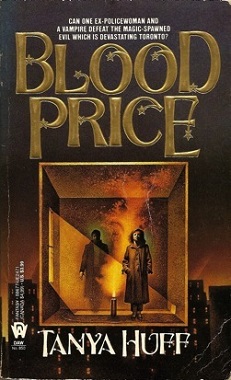
The Dark Griffin
K. J. Taylor
369 pages
published in 2009
One of the things I’ve been trying to do more of these past five years or so has been to try out more new to me authors. K. J. Taylor is one of these authors, an Australian fantasy writer whose Black Griffin looked interesting when I was browsing the Amsterdam library shelves. I had no choice but to like a writer who said of herself: “a lot of fantasy authors take their inspiration from Tolkien. I take mine from G. R. R. Martin and Finnish metal”. A bit of research online discovered that she isn’t even thirty years old, published her first book at twenty in 2006 and has had seven books published since. Which makes her on a par with Elizabeth Bear with regards to productivity (and here I have trouble writing a blogpost sometimes…)
The Dark Griffin is the first in a fantasy trilogy, which in turn was followed by another trilogy. You may suspect therefore that this is pretty much a setup book and you may be right. What this is, is an origin story, both of the titular dark griffin (literally, as the book starts with his birth) and his ride, Arren Cardockson. As the story starts Arren is the only Northerner griffin rider in the city of Eagleholm, of far humbler origins than his fellow griffineers. His parents are freedmen, ex-slaves, while all other griffin riders are aristocrats. Nevertheless and despite the occassional tension, he feels well supported by the city’s elite. Even more so when lord Rannagon, one of the leaders of the griffiners and master of law, suggest a way for Arren to get out of his money problems.


